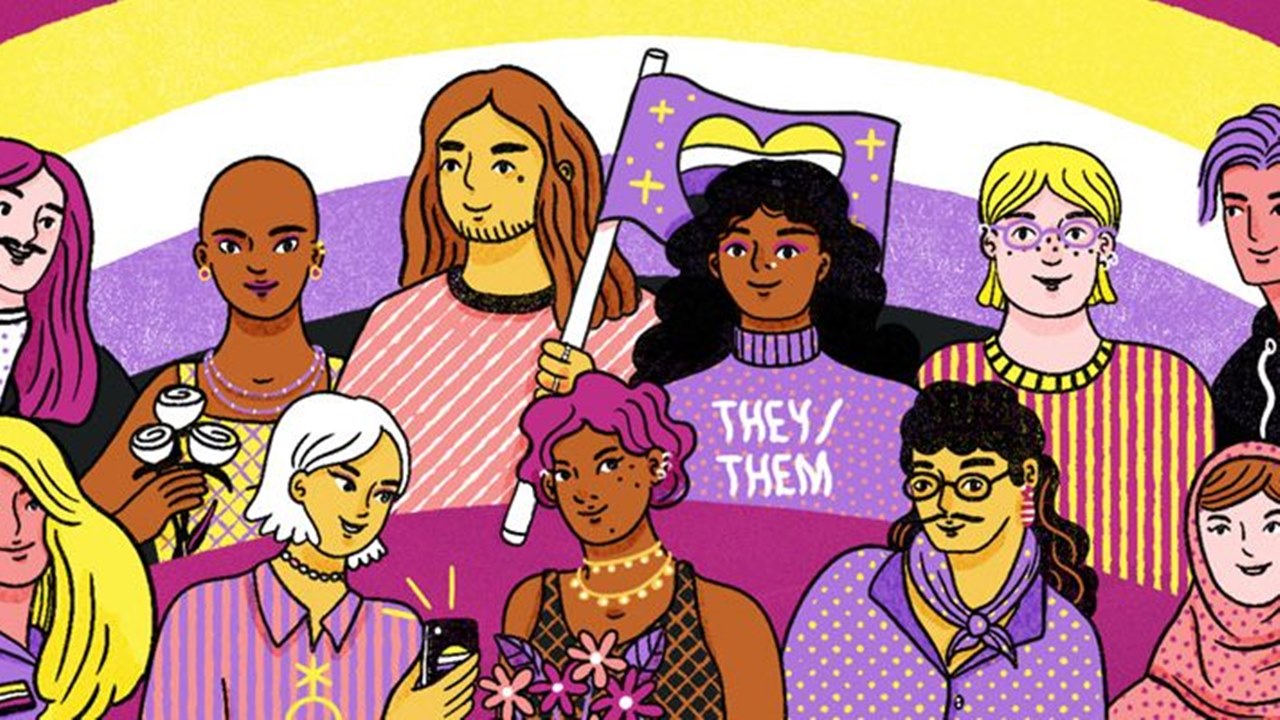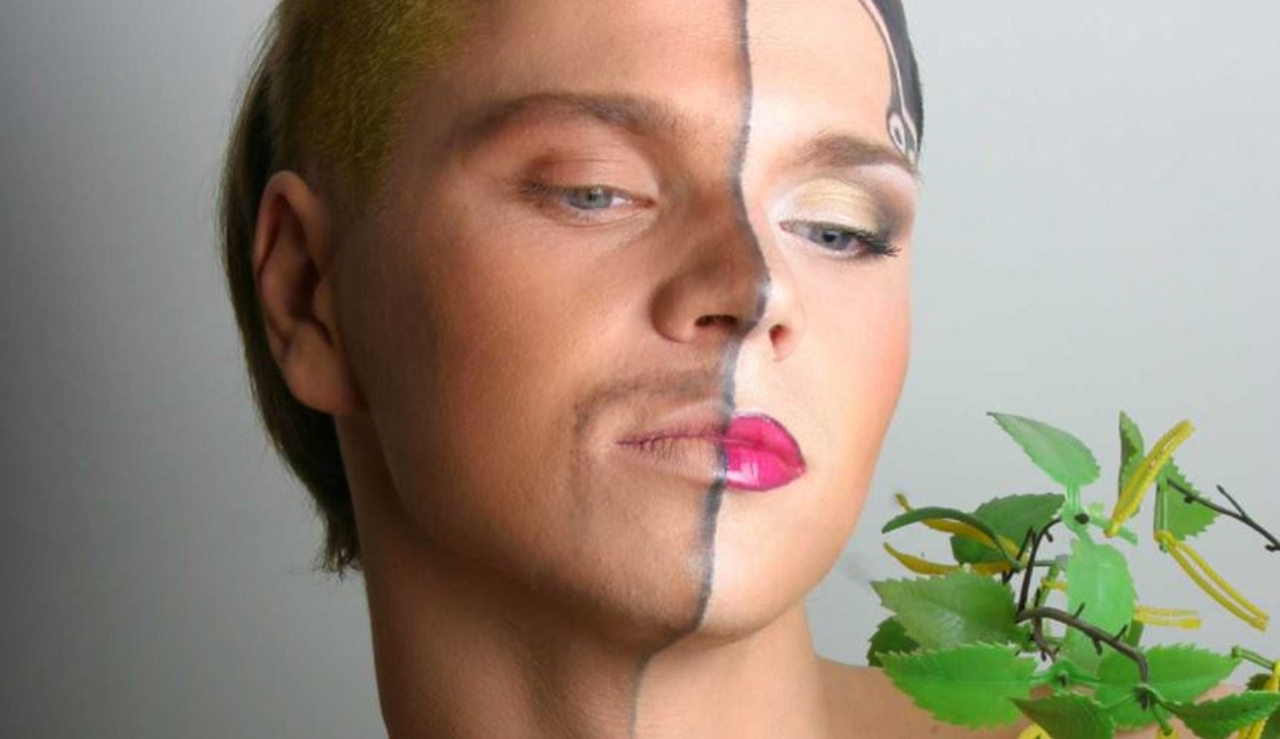Although the majority only know the meaning of LGBTI, it is possible to add the initials of many sexual orientations to this abbreviation. We can think of it as a tiny Pi number. In this content, we will briefly explain the meanings of other sexual orientations. You can also read definitions of some non-orientation sexual terms.
Sexual orientations and gender identities are one of the most talked about topics today. We can hear a new sexual term all the time because there is no longer a single approach to valued sex, love or relationships.
Actually it didn’t exist before, but expansion of freedoms Thankfully, we started to hear these terms more often.
Here are some of these terms and their explanations:
Heterosexual: People who are attracted to different genders.
Homosexual: People who are attracted to the same sex.
cisgender: A term used for people with the same gender as their biological sex.
Queer or Queer: An umbrella term that encompasses either heterosexual or non-cisgender gender identity, sexual orientation, or both.
Lesbian: It is the female who feels physical and/or emotional attraction towards female individuals.
Gay: The word “gay” is defined in the Oxford English Dictionary as “a homosexual person (usually male)”. In order to make up for the lack of a word in the sense of “gay man”, the word “gay”, which was first used in this sense, started to be used as a homosexual person over time.
Bisexual: They are people who have romantic and/or sexual feelings towards both men and women.
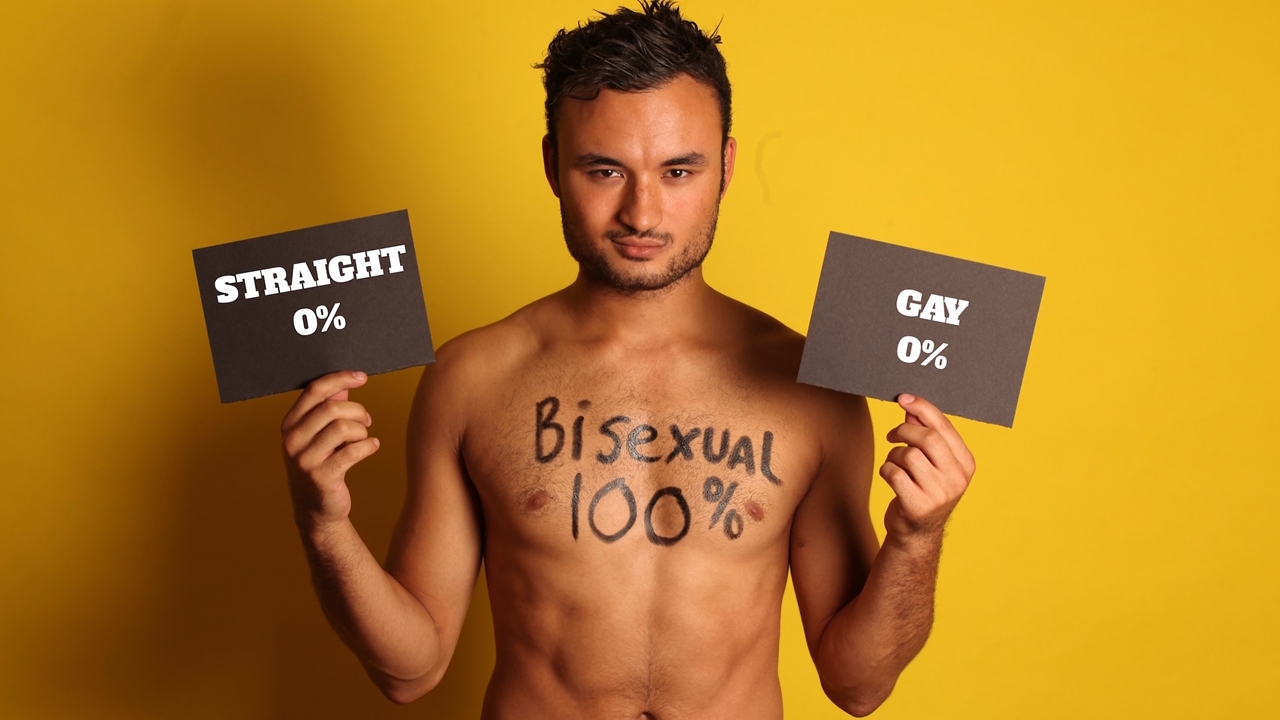
Trans/Transgender: A person who feels emotionally and psychologically belonging to the other sex, despite being born with the physical characteristics of a particular breed.
Transgender people can seek medical help when they make a permanent transition to the gender they identify with. In this transition period, it is aimed that their bodies adapt to the gender they are defined with, such as hormone therapy and sex reassignment surgery.
Transvestite: They are people who usually wear the clothes of the opposite sex for sexual pleasure. Most transvestites are men. Transvestism is a type of transgender and is often confused with transgenderism.
Transvestism is not a sexual orientation. A transvestite can be heterosexual or homosexual.
drag queen: Someone who wears women’s clothing for fun or fashion, often adopting exaggerated feminine attitudes and social female roles.
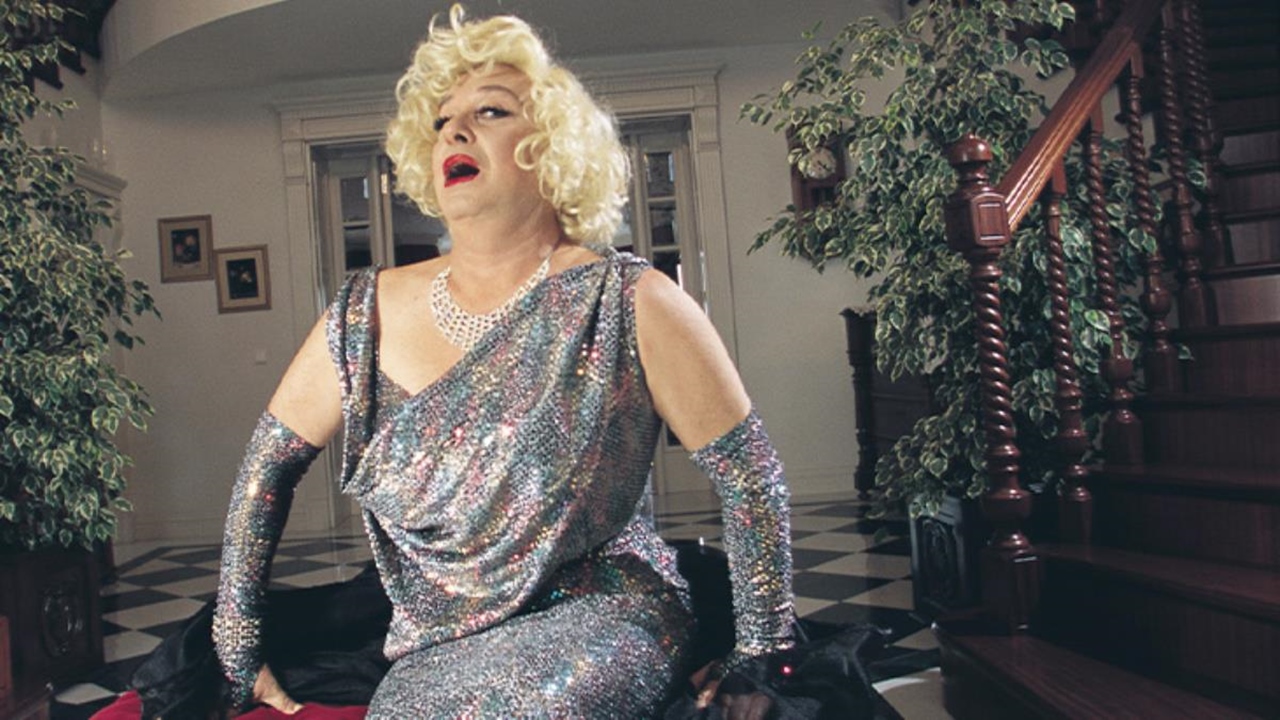
Drag queen personalities are usually created by men.
Crossdresser (CD for short): A person who wears clothes that identify with the opposite sex. A woman is a person who wears men’s clothing, and a man wears women’s clothing.
Antisexualism: It is an attitude of being against or hostile to sexual intercourse and sexuality.
Bi-curious: It is the term used to describe people who are basically heterosexual or homosexual, but who do not take a negative view of entering into relationships other than their basic sexual orientation from time to time.
Non-binary or genderqueer: It is a spectrum of gender identities that encompasses masculine or non-feminine identities, that is, outside the binary gender classification.
Non-binary identities may also fall under the umbrella of transgender, as many non-binary individuals identify with a different gender than the gender they were born with.
Intersexual: They are people who have both masculine and feminine gender characteristics. You don’t have to be bisexual to be intersex. An individual may have both male and female characteristics and may feel emotional and/or sexual attraction to both sexes.
Heteronormativity: Acceptance of heterosexuality as a social and natural norm, or the cultural structure that includes this acceptance. It is a social as well as a biological claim.
As a social and cultural construct, it includes the claim that “humanity and heterosexuality are synonymous”, and thus includes the assumption that human beings are of two distinct and oppositely oriented genders that complement each other as male and female.
Heteropatriarchy: It is a sociopolitical system in which cis men and heterosexuals, cis females and other sexual orientations and gender identities have authority.
This term emphasizes that discrimination against women and discrimination against LGBTI people stem from the same sexist social principle.
Hermaphrodite: It is the name given to living things that have both male and female reproductive organs.
Coming out and Outing: It is the declaration of one’s sexual orientation or gender identity “on his own will” to people he deems appropriate.
Outing is the public disclosure of a homosexual person’s sexual orientation “without his own will”.
Famous people who have been exposed to this situation include singer Elton John and writer Oscar Wilde, who were previously married and fathered, and were judged by society when their sexual orientation was learned.
Pansexual: People with this orientation can be interested regardless of the gender of the other party, so they may describe themselves as gender-blind.
Although pansexuality is sometimes confused with bisexuality, the difference is that pansexuals may also be attracted to agender, bigenders, unlike bisexuals.
Hetero-flexible: They are people with a predominant heterosexual orientation, but often have sex with the opposite sex to “try”.
Homo-flexible: It is mainly used to describe people who are homosexual and do not look at the idea of having sex with the opposite sex negatively, this idea is not contradictory, or they are rarely with the opposite sex.
Asexual: People who experience a lack of sexual attraction to anyone or a low or lack of interest in sexual activity.

Gray asexuality: It is considered the gray area between asexuality and sexuality, and in this area a person can experience sexual attraction only occasionally.
demisexual: People who do not experience sexual attraction until they form a strong emotional bond with a potential partner.
Ace Flux: These individuals may define themselves as demisexual for a certain period, and asexual at another time and experience transitions between orientations in the ace spectrum.
Quoisexual or WTFsexual: These are people who cannot distinguish between sexual and emotional or non-sexual attraction. That is, in a sexual sense, they cannot tell whether what they are experiencing is a sexual attraction/urge.
In its simplest form, asexuals can easily say no to the question of whether you experience sexual attraction, while quoisexual people cannot answer yes or no to this question.
Hasbian: A woman who used to be a lesbian, but now prefers men.
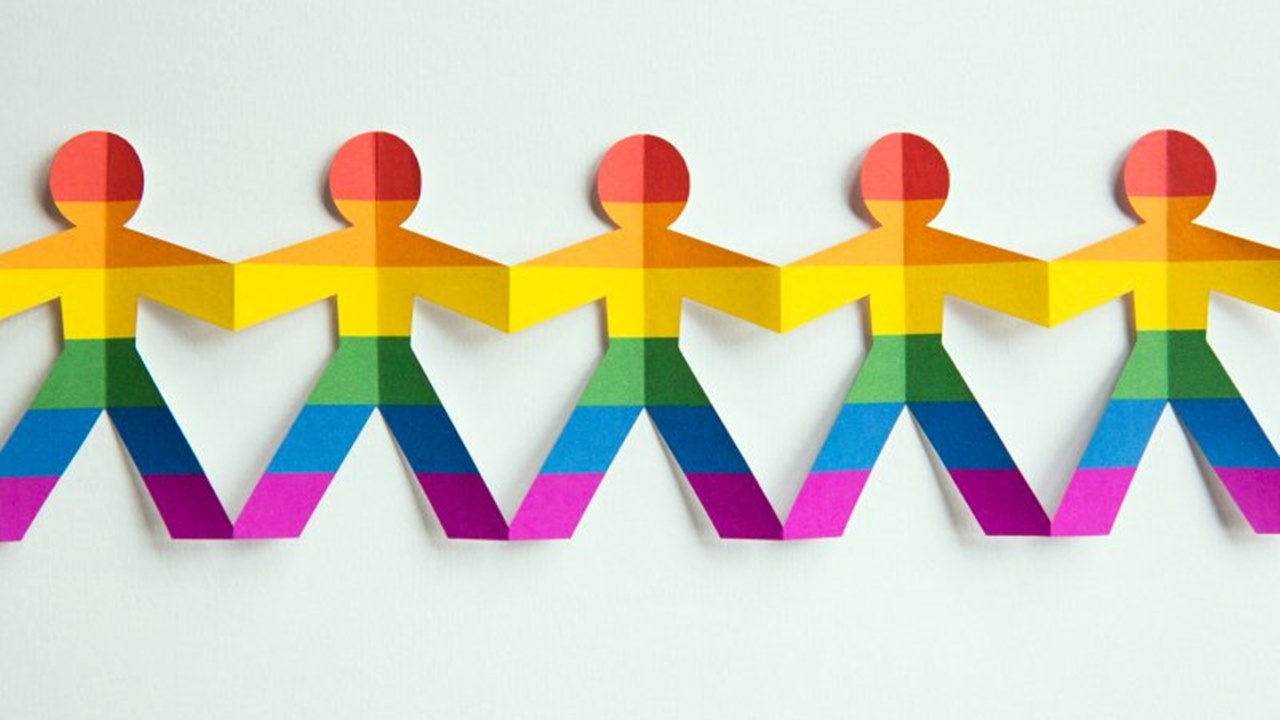
Cupiosexual: It is a sexual orientation that refers to people who desire sexual intercourse without sexual attraction.
Akoisexual: It is the situation where the person is in a sexual attraction/action without wanting the return in his own body.
Well; Akoisexual people do not like a sexual arousal that may occur in them, but they enjoy being sexually influencing/stimulating their partners.
Aphotiromantic: It is a romantic orientation falling on the aro spectrum, which refers to people who do not experience any form of romantic attraction and do not want to be in a romantic relationship.
Aphotiromantic people may have different sexual orientations, just like other romantic orientations.
Reciprosexual: The name given to those who do not feel sexual attraction to that person without first realizing that they are sexually desired by the other person.
Gender bender: He is the one who bends the roles expected from the genders. Gender bending is sometimes seen as social activism. It can be read as an opposition to homophobia, transphobia, misogyny and male hostility.
Some sexbenders accept the gender assigned to them at birth, but refuse to take on the roles it requires. This rebellion may include androgynous clothing, mannerisms, and unconventional gender roles. Some gender benders may describe themselves as trans or non-binary.
Source: Psychology Today, Wikipedia, Uplifers

